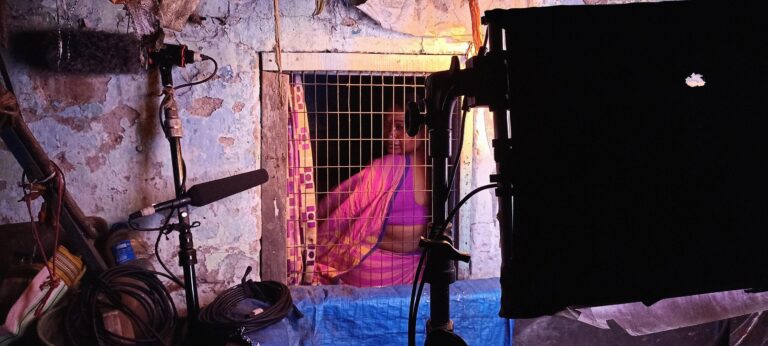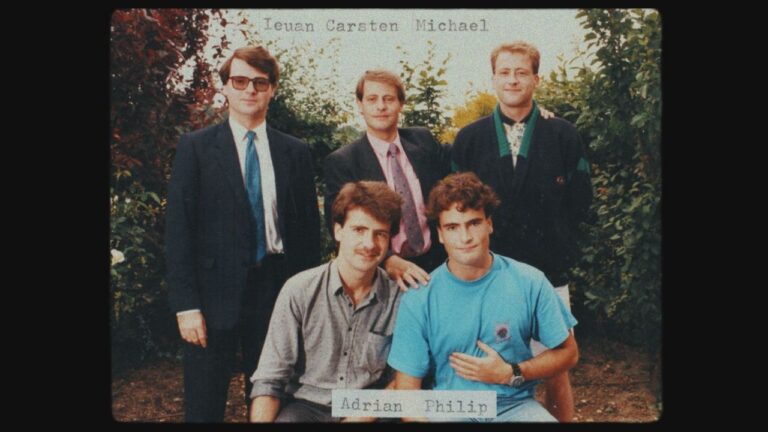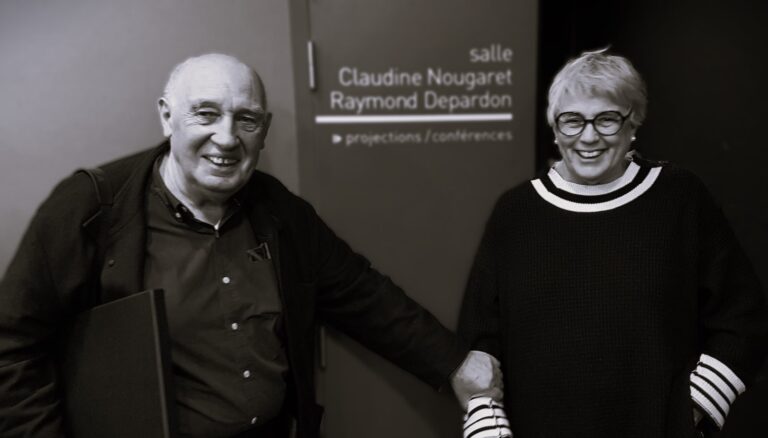
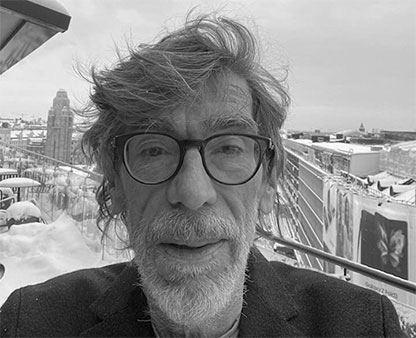
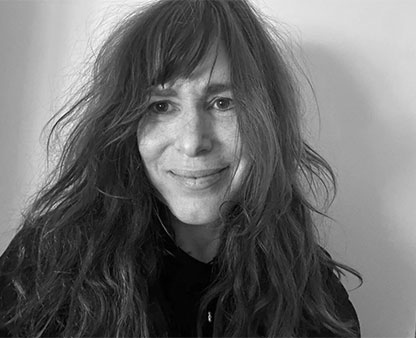
IDFA Winners 2025 Announced
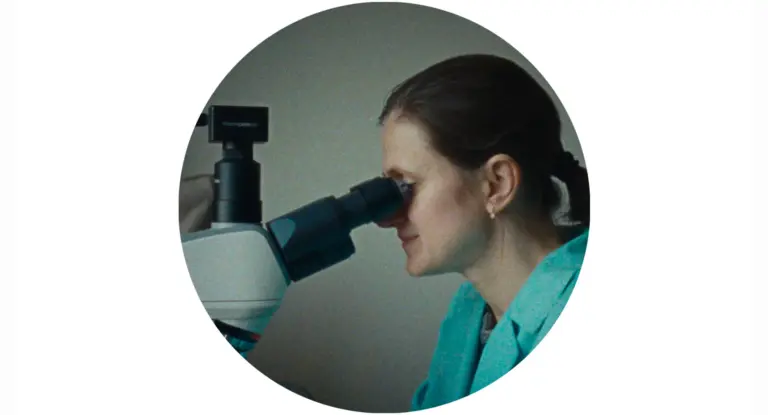
| Amsterdam, Thursday November 20, 2025A Fox Under a Pink Moon wins Best Film in the International Competition and Past Future Continuous wins Best Film in the Envision Competition This evening, the winners of IDFA’s 38th edition competition programs were officially announced at the Awards Ceremony held at Eye Filmmuseum. International Competition A Fox Under a Pink Moon (Iran/ France/ United Kingdom/ United States/ Denmark) by Mehrdad Oskouei is the winner of the IDFA Award for Best Film in the International Competition. The award is accompanied by a €15,000 cash prize. “This film opens a window onto the power of art and hope during the difficult times through which we’re living. Through masterful cinematography often filmed in dangerous conditions, and the protagonist’s radiant energy, this empowering collaboration between an established filmmaker and a young new artist enables her to reclaim identity amid exile and domestic violence, to bloom despite repression, and to find solace through creation. A self-portrait that witnesses the growth of an Afghan artist whose work will continue to resonate,” the jury reported. The IDFA Award for Best Directing (worth €5,000) in the International Competition went to Tamar Kalandadze and Julien Pebrel for The Kartli Kingdom (Georgia/ France/ Qatar). “A visual labyrinth that takes us deep inside a single location yet continuously reveals new facets and faces, this film depicts something scarcely seen in stories of the refugee experience: the long arc of permanent exile in which dislocation engenders new communities defined by survival and defiance—communities that are then forcefully dissolved, creating another wave of trauma. We were struck by the evident time and care the directors took in working with members of this community, in their ability to capture and convey a sense of home in such an unlikely place,” said the jury. The IDFA Award for Best Editing in the International Competition went to December (Argentina/ Uruguay) directed by Lucas Gallo, with editing by Fernando Epstein, and the IDFA Award for Best Cinematography in the International Competition went to Silent Flood (Ukraine/ Germany) by Dmytro Sukholytkyy-Sobchuk, with cinematography by Ivan Morarash, Oleksandr Korotun, Viacheslav Tsvietkov, and Dmytro Sukholytkyy-Sobchuk. The Special Mention for International Competition went to Flood by Katy Scoggin (United States). The jury members of the International Competition were Eric Hynes, Isabelle Glachant, Maya Daisy Hawke, Michel K. Zongo, and Myriam Sassine. Read the jury statement here. Envision Competition Morteza Ahmadvand and Firouzeh Khosrovani won the IDFA Award for Best Film in the Envision Competition for Past Future Continuous (Iran/ Norway/ Italy). The award is accompanied by a €15,000 cash prize. “In this film, with an outstanding text, the form elevates the subject to another level. Here, time and space are both concrete and suspended. The authors invented and set up a reality where cinematic experience offers emotional truth. The film presents itself as an unusual and poignant cinematic experiment that holds together various lines of reflection: diaspora, exile, historical repetition, and personal memory. The jury unanimously decided to present the IDFA Award for Best Film to Past Future Continuous,” quote the jury reported. The IDFA Award for Best Directing (worth €5,000) in the Envision Competition went to Aistė Žegulytė-Zapolska for Holy Destructors (Lithuania/ France/ Latvia). The Award for Outstanding Artistic Contribution went to Miguel Eek for Amílcar (Spain/ Portugal/ France/ Sweden/ Cape Verde). The jury members for the Envision Competition were Ansuya Blom, Gladys Joujou, Ignacio Agüero, Massimo D’Anolfi, and Salomé Jashi. Read the jury statement here. IDFA DocLab Competition for Immersive Non-Fiction Claudix Vanesix for Collective AMiXR won the IDFA DocLab Award for Immersive Non-Fiction for Feedback VR, un musical antifuturista (Peru). The award is accompanied by a €5,000 cash prize. “The jury was moved by the layered and focused essence of this work. The simplicity of its aesthetic, the confronting gaze of its characters, and the relevance of imagining a decolonized future make the work urgent in content, powerful in form, and contemplative in experience. The work does not only claim its own space in the virtual world; instead, it creates its own cosmos without asking permission. We quote these lines from the work: ‘You must be a dot before becoming a line. You must be a line before becoming a plane. If there is no plane, there is no volume’,” reported the jury. The Special Mention for the IDFA DocLab Competition for Immersive Non-Fiction went to Under the Same Sky (Palestine/ Turkey) by Khalil Ashawi. The jury members for the IDFA DocLab Competition for Immersive Non-Fiction were Alaa Minawi, Babette Wijntjes, and Jimmy-Pierre de Graaf. Read the jury statement here. IDFA DocLab Competition for Digital Storytelling Anan Fries won the IDFA DocLab Award for Digital Storytelling with Artificial Sex (Ep. 1 & 2) (Germany/ Switzerland). The award is accompanied by a €5,000 cash prize. “The winning artwork offers a personal reflection on representation, authorship, and sexuality, taking a multi-layered approach to these themes. From a critical perspective on biases within AI, the artist demonstrates the potential to challenge, change, and queer the online representation of bodies and sexuality. The jury especially appreciated the artist’s nuanced perspective and the way the work brings depth and complexity to themes often framed in binaries,” reported the jury. The Special Mention for the IDFA DocLab Competition for Digital Storytelling went to Maisha Wester for Coded Black (United Kingdom). The jury members for the IDFA DocLab Competition for Digital Storytelling were Raul Niño Zambrano, Sanneke Huisman, and Tamara Shogaolu. Read the jury statement here. IDFA Competition for Best Short Documentary An Open Field (South Africa/ France/ Germany) by Teboho Edkins won the IDFA Award for Best Short Documentary. The award is accompanied by a €5,000 cash prize. “Confronting an unspeakable tragedy, a father and son search for solace, and find a unique community that both welcomes and comforts them while sharing their burden of grief. In a self-reflective and non-formulaic way, the filmmaker uses his craft to try to heal an open wound, and where film becomes a universal experience of mourning,” reported the jury. A Special Mention in the IDFA Competition for Short Documentary went to Dreams for a Better Past (Netherlands/ Spain) by Albert Kuhn. The jury members for the IDFA Competition for Short Documentary were Jay Rosenblatt, Mandisa Zitha, and Sarah Vanagt. Read the jury statement here. The IDFA Award for Best First Feature (Cross-section award) The IDFA Award for Best First Feature went to Paikar (Netherlands/ Afghanistan) by Dawood Hilmandi. The award is accompanied by a €5,000 prize. The Special Mention went to The Kartli Kingdom (Georgia/ France/ Qatar) by Tamar Kalandadze and Julien Pebrel. The jury members were Ali Essafi, Heather Haynes, and Rosa Spaliviero. Read the jury statement here. The IDFA Award for Best Dutch Film (Cross-section award) The IDFA Award for Best Dutch Film went to Maasja Ooms for My Word Against Mine (Netherlands). The award is accompanied by a €5,000 prize. The Special Mention went to Paikar (Netherlands/ Afghanistan) by Dawood Hilmandi. The jury members were Liselot Verbrugge, Sam Soko, and Yuliia Kovalenko. Read the jury statement here. Beeld & Geluid IDFA ReFrame Award (Cross-section award) The Beeld & Geluid IDFA ReFrame Award went to Remake (United States) by Ross McElwee. The award is accompanied by a €5,000 prize. The Beeld & Geluid IDFA ReFrame Award Special Mention was awarded to The Memory of Butterflies (Peru/ Portugal) by Tatiana Fuentes Sadowski. The jury members were I-hsuan Hsieh, Martina Parenti, and Sandra Beerends. Read the jury statement here. The FIPRESCI Award The FIPRESCI Award went to Paikar (Netherlands/ Afghanistan) by Dawood Hilmandi. The jury members were Boaz van Luijk, Jean-Max Mejean, and Sunchica Unevska. Read the jury statement here. PHOTO: Holy Destructors. |

